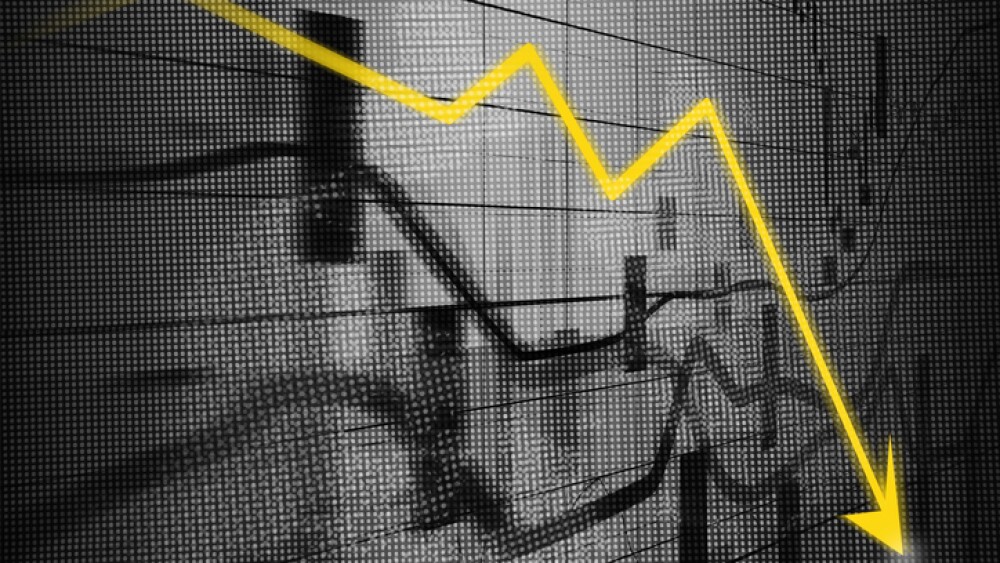Oramed announced positive mid-stage data that showed its investigational drug ORMD-0801 reduced liver fat content in type 2 diabetes patients who have been diagnosed with NASH.
Oramed Pharmaceuticals’ positive mid-stage trial data showed its investigational drug ORMD-0801 reduced liver fat content in Type 2 Diabetes patients with non-alcoholic steatohepatitis (NASH).
Oramed’s Chief Executive Officer Nadav Kidron said these data “paint an exciting picture” for the ability of the company’s oral insulin candidate to treat these patients who, historically, are considered hard to treat. Full details of the trial were not shared but a company spokesperson told BioSpace in an email that Oramed is organizing the data and hopes to share the full data “in the near term.”
The company reported that in the 12-week Phase II ORA-D-N02 trial, ORM-0801 was safe and well tolerated. The test showed a clinically meaningful reduction of liver fat from baseline at 12 weeks.
Now, the company awaits results from its Phase III trial assessing ORMD-0901 in type 2 diabetes, which are expected in January 2023. Oramed anticipates the medication could become the first oral insulin for T2 Diabetes, a disease that impacts more than 30 million people in the United States.
NASH, a form of nonalcoholic fatty liver disease, is closely associated with diabetes.
According to the Journal of Hepatology, it is estimated that the prevalence of NAFLD among patients with T2 Diabetes is more than 55%. Of those, type 2 diabetes patients with NASH is estimated at about 37%.
The Phase II trial assessed ORMD-0801 in 30 patients with T2 Diabetes and NASH. The data showed that 8 mg of ORMD-0801 administered twice daily met the primary safety endpoint of no adverse events compared to placebo over 12 weeks.
The company did not identify the amount by which liver fat content was reduced in these patients over the treatment period.
Oramed did announce that their conclusion was made following the observation of independent measures. This includes the percentage of MR PDFF, a quantitative imaging biomarker for liver fat, as measured by MRI.
Competition in the NASH Space
Oramed’s announcement marked the second positive clinical announcement in the NASH space in the same week. On Wednesday, Bay Area-based Akero Therapeutics posted positive mid-stage data from its experimental NASH asset efruxifermin, which CEO Andre Cheng said has the potential to be a “foundational treatment” for NASH patients.
Akera shared data from its Phase IIb HARMONY study showing efruxifermin improved liver fibrosis and prevented the worsening of disease in patients with pre-cirrhotic NASH. Trial data showed that two different doses of efruxifermin, a long-acting analog of fibroblast growth factor 21 (FGF21), improved liver fibrosis in patients. It did not lead to worsening disease after 24 weeks.
The company announced that 41% and 29% of patients treated with 50mg and 28mg of efruxifermin, respectively, saw an improvement in fibrosis and no worsening of disease. That was compared to 5% of the trial patients on placebo who saw similar improvements.
While the Oramed study was wholly-focused on patients with both type 2 diabetes and NASH, only about 70% of HARMONY patients were known to have both diseases. Additionally, the majority of all trial patients, about 66%, had fibrosis stage 3, and the remaining patients were at stage 2.
Despite these indications of advanced disease, treatment with efruxifermin demonstrated significant benefit in patients across the board. The company reported improvements in liver fat, liver enzymes, non-invasive fibrosis markers, HbA1c, lipoproteins, and body weight.
Shares of both companies rose following the news. However, Akero’s stock surged more than 136% due to the detailed results from the study to close at $29.05.
Oramed’s stock rose 1.7% to $8.89 per share. Investors are anxious for a company to finally crack the NASH landscape and become the first to win approval for this difficult-to-treat disease.
The NASH market is expected to be valued at $18.3 billion by 2026 as the disease is projected to become the leading cause of liver transplants in the United States.





